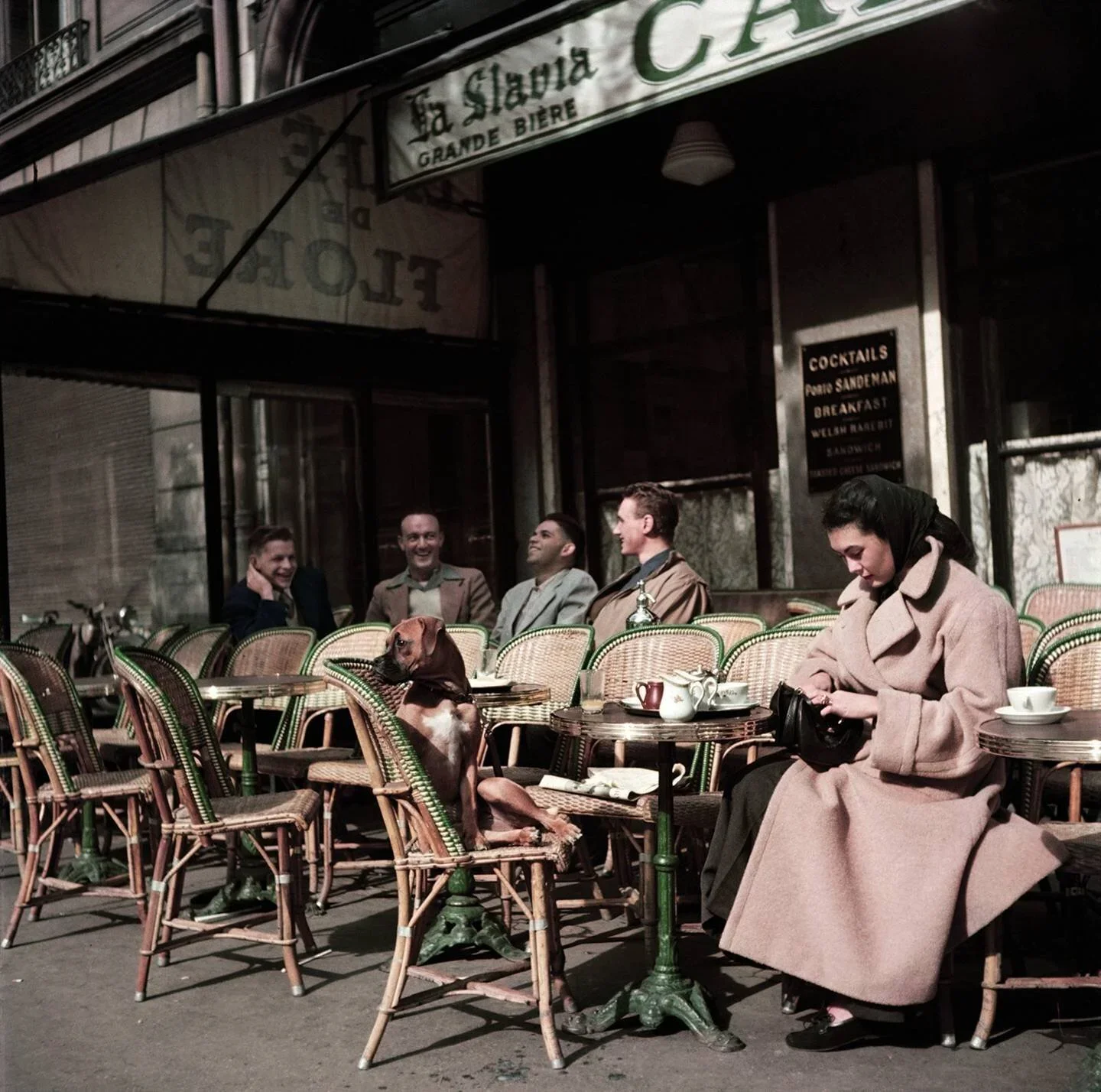Where Creativity Goes When Third Spaces Disappear
Winter is on the horizon, the season that makes every city feel a little smaller. The days shorten, the streets empty faster, and you start to notice what’s missing, especially the spaces that used to hold us. Cafés that felt like a second living room. Bookstores that stayed open late. Community spaces that didn’t require membership, money, or a reservation made three weeks out.
For young creatives, the loss of these places isn’t just inconvenient. It’s structural. It changes the way culture forms and determines whether it forms at all.
There’s a long history of creativity being shaped by rooms that were neither home nor work. Gertrude Stein’s Paris salon was as much a cultural accelerant as the early modernists themselves, a place where Hemingway and Picasso learned each other’s rhythms before influencing each other’s work. Decades later, New York’s Cedar Tavern helped shape the Abstract Expressionists; so much of their mythology comes from the fact that they gathered loudly, messily (the AbEx artist fights are legendary at this point) in the same smoky room. Meanwhile, Black cultural innovation in the mid-20th century unfolded inside barbershops, church basements, record stores, and front porches. These were not merely backdrops. They were incubators.
In Tokyo, kissaten cafés were once the homes of quiet rebellion; a refuge for postwar writers and students who needed somewhere to think. In Kingston, the early sound system culture grew out of makeshift street parties where people gathered not just to dance, but to experiment with sound, engineering, and identity. Even the Bloomsbury Group needed rooms: private homes, gardens, reading circles. Culture has never grown from isolation; it needs the oxygen proximity provides.
When cities lose their third spaces– the places where you don’t have to buy anything to belong– creative communities lose their connective tissue. There’s no soft landing for the young writer who doesn’t yet know if she’s a writer. No place where a teenage photographer can observe how other people move through the world. No table where strangers become collaborators. And without those moments of casual overlap, the path into creative life becomes lonelier, more exclusive, and harder to enter.
This isn’t sepia-toned nostalgia. It’s neuroscience. Creative thinking thrives on environmental stimulation, on subtle cues from other bodies: how someone tilts a book, the way a stranger reacts to a line in their notebook, the shared energy of collective focus. Serendipity isn’t romantic; it becomes its own infrastructure.
Today, that infrastructure is fragile. Rising rents push out independent spaces. Corporate coffee chains turn every room into sterile laptop farms. Cities that once had rich creative subcultures now feel flattened, optimized, and scrubbed of friction. And for emerging creatives, especially those without family wealth, connections, or confidence, the lack of a place to simply be is not a small loss. It’s a slowly unfolding cultural one.
Because third spaces are where people first try on their creative selves. They’re where early drafts are written, where ideas are exchanged, where someone overhears a conversation that unlocks something inside them. They’re where a person begins to feel part of something larger– a community, a scene, a lineage. Without them, young creatives are asked to start in isolation, to build a voice without an audience, to find a path without the gentle hum of others doing the same. Remember in school when the preppy girl came back after summer vacation as a Goth? Chances are, she first encountered alt people at a third space, probably the mall.
But something else is happening, too: new third spaces are slowly emerging, born out of necessity. Pop-up salons in someone’s living room. Artist-led bookstores that double as gathering spots. Small-town wine shops hosting poetry readings. Restaurants with communal tables that quietly become the meeting place for a new generation. Even tiny cafés in coastal towns– the kind with three tables and a counter– are once again turning into creative sanctuaries, just because they allow people to stay awhile and be.
The question now isn’t whether third spaces matter. It’s how we cultivate them, and how we protect them. How we make room for young creatives who need somewhere to land, somewhere to linger, somewhere to feel themselves forming. A city without places to gather is a city without cultural memory. A creative ecosystem without shared rooms becomes an economy of emotionally detached individuals rather than a potentially vibrant collective imagination.
If there is any hope for where culture goes next, it’s in rebuilding the rooms where people can see themselves reflected in one another. Not perfectly, not permanently, but enough to feel possible.
At Bureau, we have been watching this shift closely. It feels aligned with the things we care about: culture as conversation, community as catalyst. And as we imagine the next chapter of what Bureau can be, including intimate, human-scaled gatherings and events in the months ahead, our goal is to create rooms that honor that lineage. Not loud, not overproduced. Just intentional spaces where creative people can land, talk, think, and maybe leave with a spark and new connections they didn’t walk in with.
Because when you lose third spaces, you don’t just lose ambience. You lose the accidental, and often lovely collisions that shape a life. You lose the table where ideas sharpen. The booth where a story begins. The barstool where someone tells you the thing you needed to hear. Culture has never come from isolation. It comes from shared air.
And so the question isn’t just where we gather now. It’s what we might create together once we finally do.
image: Robert Capa | Cafe de Flore, 1950s

